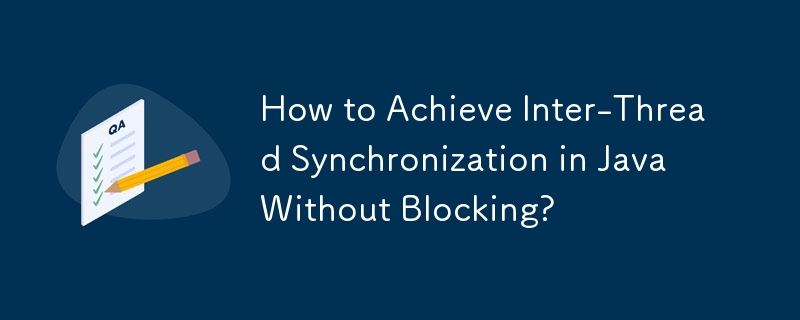Found a total of 10000 related content

SQL for Edge Database Synchronization
Article Introduction:Edge database synchronization requires selecting database engines that support offline synchronization, such as SQLite, and custom logic or SQLServer's MergeReplication, and record changes to periodically merge 1 Use off-the-shelf tools such as SymmetricDS or Debezium to solve problems such as retry incremental synchronization 2 Design a timing or event-driven synchronization strategy and add a compression encryption mechanism 3 Use timestamps or version numbers to handle conflicts, and recommend using read-only edge plus center main library structure 4 Ensure reliable data synchronization through reasonable selection and mechanism design.
2025-07-19
comment 0
923
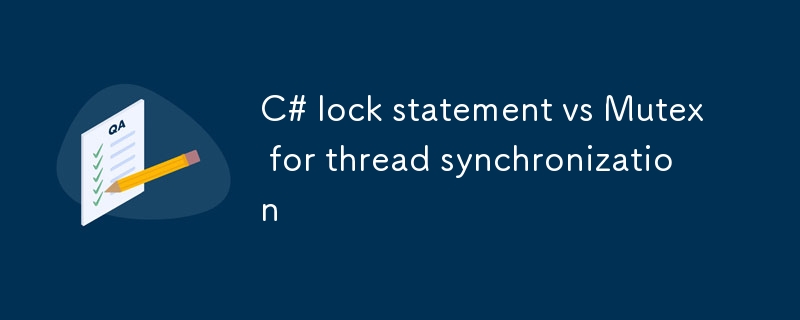
C# lock statement vs Mutex for thread synchronization
Article Introduction:lock is a thread synchronization mechanism implemented in C# based on Monitor, suitable for in-process synchronization; 1. Simple and efficient, concise syntax, and automatically release locks; 2. It can only be used for thread synchronization within the same process; 3. It is recommended for scenarios where multi-thread access to shared resources. Mutex is an operating system-level synchronization primitive that supports cross-process synchronization; 1. It has stronger functions but greater performance overhead and needs to be manually released; 2. It is suitable for cross-process synchronization or control the operation of single program instances; 3. Pay attention to exception handling and deadlock risks when using it. Priority is given to lock when selecting, and Mutex is only used when synchronizing across processes is required.
2025-07-29
comment 0
404
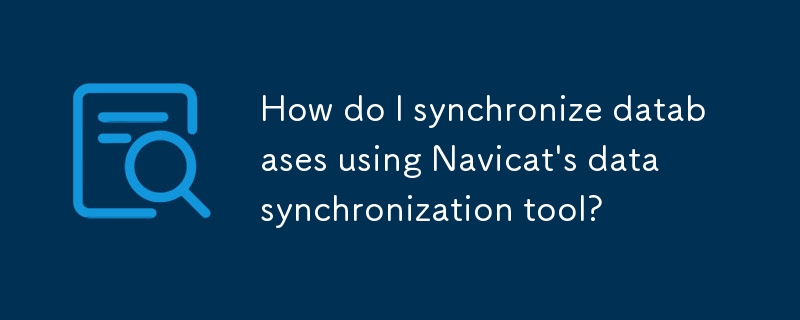
How do I synchronize databases using Navicat's data synchronization tool?
Article Introduction:This article details using Navicat's data synchronization tool. It covers connecting databases, comparing schemas & data, synchronization options (schema, data, or both), scheduling automated tasks, and troubleshooting connection, permission, &
2025-03-11
comment 0
344

SQL Data Comparison and Synchronization
Article Introduction:To handle SQL data comparison and synchronization, the key is to understand the requirements and choose the right tools and methods. 1. The purpose of data comparison is to confirm consistency, which is often implemented through tools (such as RedgateSQLDataCompare) or manual SQL statements (such as CHECKSUM, EXCEPT); 2. Data synchronization methods include SQLServerReplication, Log-based synchronization (such as CDC), ETL tools and manual scripts, and select appropriate solutions according to the scenario; 3. In actual operations, pay attention to details such as sorting index, null value processing, character set, time stamp accuracy, etc.; 4. Tool selection should be based on actual requirements, such as Redgate is suitable for SQLServer, mysql
2025-07-23
comment 0
414
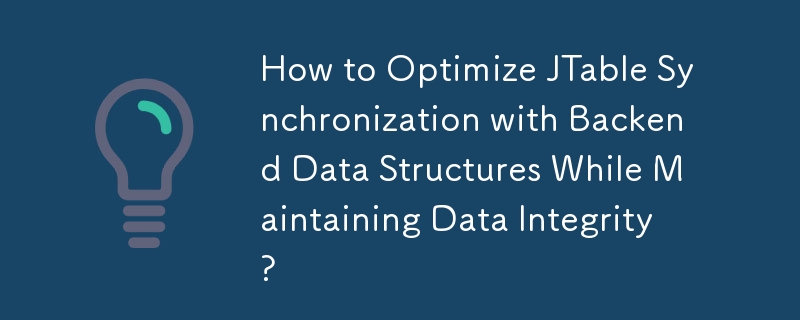

Synchronization and Communication between Threads
Article Introduction:Additional content:
Synchronization and Communication between Threads
Problem: Threads can interfere with each other when accessing shared data.
Solution:
Synchronized methods
synchronized void synchronizedMethod() {
// Synchronized code
2024-11-27
comment 0
716
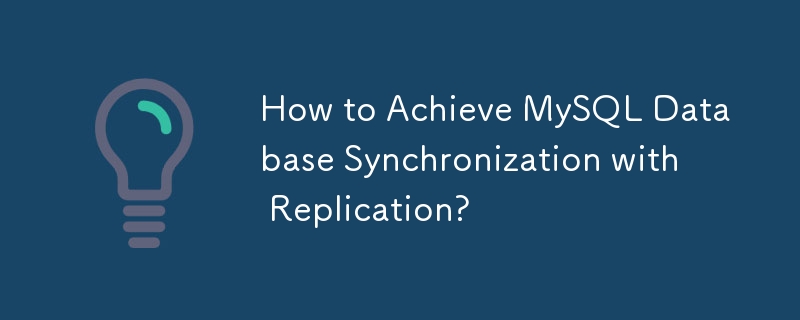

Implement synchronization between Oracle database and SQLServer database
Article Introduction:Methods to synchronize Oracle with SQLServer include the use of ETL tools, database replication technology, third-party synchronization tools, and custom scripts. 1. ETL tools such as Informatica and Talend can be used for data extraction, conversion and loading. 2. Oracle's GoldenGate and SQLServer's ReplicationServices provide real-time or near-real-time synchronization. 3. Third-party tools such as Debezium and Attunity provide simplified configuration and powerful synchronization capabilities. 4. Custom scripts can be flexibly customized according to your needs using Python or Java.
2025-06-04
comment 0
908




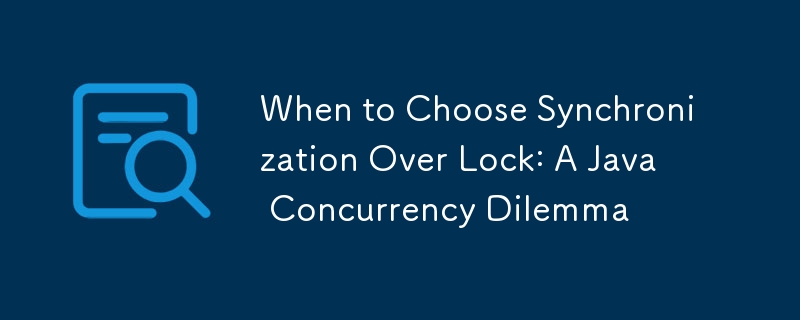


H5 IndexedDB for Offline Synchronization Solutions
Article Introduction:IndexedDB is a NoSQL database built in the browser, which supports storing a large amount of structured data and implementing offline synchronization. 1. It stores data in the form of key-value pairs, supporting transactions, indexes and asynchronous operations; 2. Core concepts include databases, object warehouses, indexes and transactions; 3. Offline synchronization process includes local temporary storage changes, monitoring network status, and uploading data after recovery; 4. Precautions include version control, asynchronous processing, compatibility and storage restrictions; 5. Conflict resolution can be done by timestamps, version numbers or manual intervention.
2025-07-16
comment 0
826

Handling Process Synchronization with Laravel Cache Locks
Article Introduction:Managing concurrent operations in applications requires careful synchronization to prevent conflicts. Laravel's cache locking mechanism offers a robust solution for this, effectively handling scenarios like file uploads, webhook processing, and backg
2025-03-07
comment 0
491

















